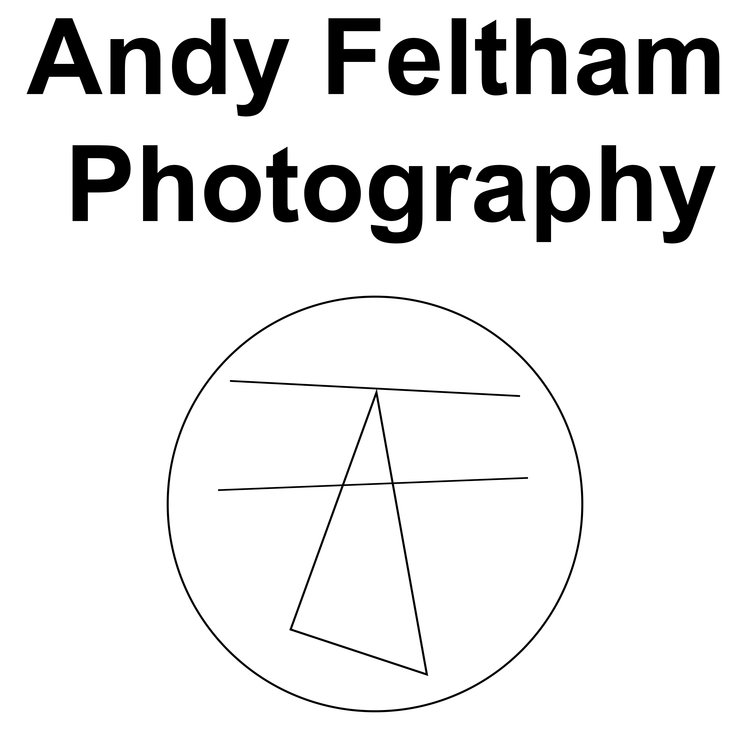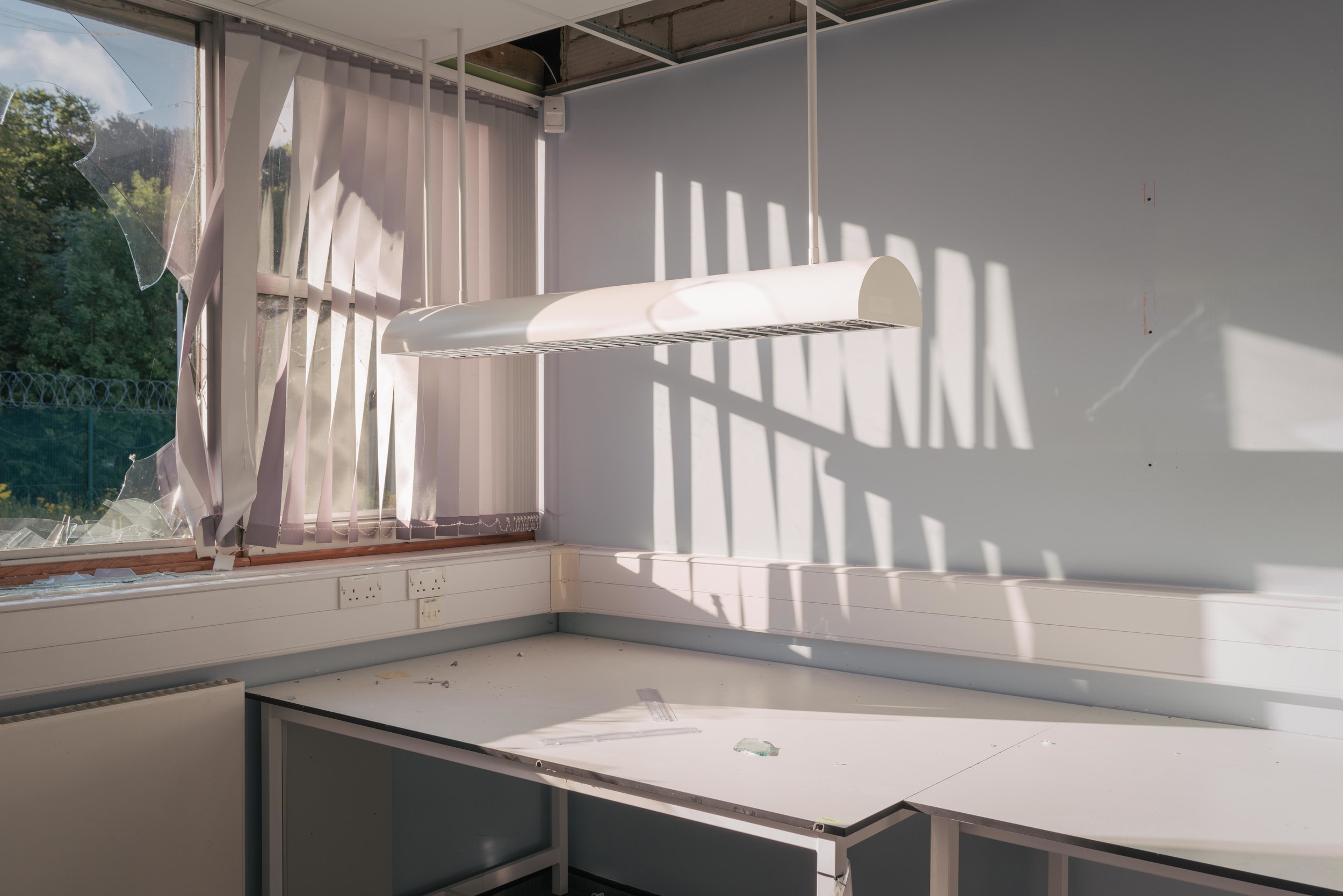I had them in my hands: the first set of negatives from my Mamiya 7 and the scanned images on a CD. This was going to be great. Finally… real film tonality and colours in my work. I couldn’t pace home fast enough. I must’ve looked ridiculous with the negs in my hand, power-walking up the road like I was in critical need of the loo.
I fired up the laptop, thrust the disc in an waited to be stunned.
Only I wasn’t.
The colours were bad. I mean really terrible. I could’ve cried.
I really wasn’t expecting to have to work on the negatives. That was part of the initial appeal of film for me… great colours out of the box. I concluded that I didn’t want to pay for someone else to do the scans only for them to come back with shitty tones… so I started to read round the subject even more obsessively than I had been. It turns out that people use their DSLRs to ‘scan’ negs, then convert in photoshop. So this is the path I initially veered down to try to get the hues more to my taste.
Two film and one digital image... can you tell which one is which? Which do you prefer?
At first I thought I had everything I required, but it soon became apparent that I needed a lightbox (the iPad screen was too pixelated, despite covering it with a diffusing plastic cover), a 120 film holder, a blower and some white gloves to handle the negs with.
After some early hints that I was on the right path (i.e. the Portra colours I had been expecting), I started to get some strange ‘vignetting’ in the shadows of my images. I spoke with numerous film aficionados but no-one had an answer. Eventually I gave up on the DSLR and forked out on a real scanner (Epson V800)… only to find the vignetting was still there when I used Silverfast!! I could’ve cried (again). Finally I tried a ‘straightforward' import with EpsonScan. I had had so many failures and false starts I was actually was shocked when it turned out fine. Surely now I was ready to begin?! Err, well no, actually. Scanning itself is a ‘dark art’, to quote my good friend Tom Sebastiano… film was proving to be trickier than expected.
As with any dark art, there is a road to enlightenment regarding scanning and colour management of film. It’s not a short path either. I am by no means an expert, but remember Tom S (he does have the necessary expertise, and his blog is a wealth of information) mentioning a magenta cast that he was noticing in some of my work. I hadn’t spotted it up until that point. Now I was seeing it everywhere. This was a steep learning curve, but with a strong emphasis on ‘learning’. I could cope with that.
Eventually I had a workflow that was beginning to produce the goods and I was simultaneously being swept off my feet with the process of using film. Heady times. Meanwhile, the DSLR was at home gathering dust.
From L to R: Mamiya 7, Portra 400 scanned at my local lab; same neg scanned with Epson V800; Nikon Df, Sigma Art 35mm
The passionate love affair was, it turns out, a bubble waiting to burst. I found myself dropping two or three rolls to be developed each week. 30 exposures and at very minimum, 80p per shutter press (£5 per roll of 10 exposures and £3 to develop). That’s ignoring the cost of professional or home scanning. Yet with each roll I was regularly only getting one usable shot… and sometimes not even that.
The final nail in the coffin for this intoxicating romance was hammered home during a shoot on holiday in Norfolk. As I was going away with the kids, I decided to only take my DSLR so I could snap away and capture some memories. On an outing we pulled into the car park at Winterton-on-Sea and there at the edge of the sand dunes was a collection of black huts that were screaming to be photographed. I got to work trying to find the best composition, then proceeded to spend the day on the beautifully wild Winterton beach. During the day I needed to get something from the car, and on my way back I decided on one last sneaky shoot of the huts, which in turn delivered the composition that worked best.
Winterton-On-Sea (Nikon Df, 35mm Sigma Art)
On reflection, I concluded that there was no way that I’d have worked the scene in such a manner with film. The cost was too prohibitive for that, so if I’d had the Mamiya I would have come home with a lesser image on the roll. Whilst the process of making an image is definitely integral to my overall enjoyment of photography, this experience is rarely meaningful to the individual who views the final photograph. Producing the best images I can is (for me) far more significant than the equipment that gets me there.
This discussion wouldn’t be complete without mention of my digital set up, the PentaxK1 and three FA Limited lenses. The K1 is a R&D departments wet-dream, with everything you can imagine packed into that little black box. I don’t use three-quarters of all the features, but the ones I do use simply help me to make a better photo. It took about a week to set up (seriously!!!), but now that is done, I just have to turn one dial and I am ready for tripod shooting (with image stabilisation turned off, two second shutter delay, ISO100 etc), another rotation and I’m ready to snap pics of the littluns.
The key component of the K1 is the Sony sensor within the camera. With 36MP to play with, the resolution easily bests the clarity I can attain from flatbed scanning… that isn’t to say that a drum scan wouldn’t radically improve the film files, but then we are talking much more £££. Most significantly, I find the huge dynamic range of the sensor gives me the squeaky clean shadow control of the best digital files AND the astounding highlight control of film. I can’t really seem to blow highlights, just like when I’m using Portra. I’ve had the camera for over a year now, and it’s only weakness seems to be the AF system. That isn't of critical importance for my work so I genuinely cannot see me needing another camera (note to self: don’t read this in two years time, you’ll have egg on your face). The K1 is the best camera I’ve owned. There, I said it. And it feels good. I hope you feel the same way about your set up too.
Hinchingbrooke Park 4 (Pentax K1, 43mm Ltd)
Digital is far more technologically advanced, but there is an undefinable magic to film. Same as putting a needle on a record. Everyone I know personally who uses film does so because they enjoy the methodical process of using the stuff… and I experienced the very same kick. In contemporary society, film is delightfully at odds with the increasingly instantaneous nature of our lives: with drive-through coffees and Mr Google answering any conceivable question you can throw at him. Film is tangable, film is hardwork, film is serendipity, it has personality and at times it can be frustrating. But when you get a fine shot from film, you have earned every exposed crystal of silver halide.
Everything gear-related in photography is about compromise and you need to decide which tradeoffs you are happy to live with and fit your style best. I have come out the other side of my film adventure with a much greater knowledge of colour management and huge appreciation for those that shoot film, achieving a consistent look that digital shooters can only dribble at. But I’ve also realised that I don’t have the time (with two kids) and financial resources (with two kids) for film… at this moment in my life.
The question is, do you have the heart for film?








